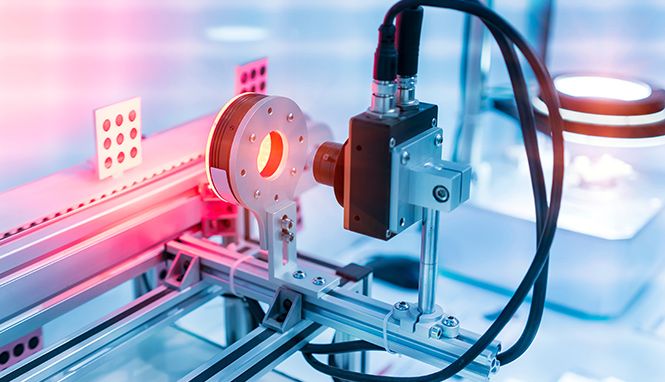|
The rapid advancements in technology have paved the way for an interconnected world where devices, objects, and even robots are seamlessly integrated into our daily lives. One such revolutionary concept is the Internet of Robotic Things (IoRT), which combines the power of robotics and the internet to create a new era of smart and autonomous systems. At its core, IoRT involves connecting robotic devices to the internet, enabling them to communicate, collaborate, and share data with each other and with humans. This connectivity empowers robots to perform tasks more efficiently, gather real-time information, and adapt to changing conditions. The potential applications of IoRT span across various industries, including healthcare, manufacturing, agriculture, transportation, and infrastructure. In the healthcare sector, IoRT holds immense promise. Robots equipped with advanced sensors can monitor patient vitals, assist in surgeries, and provide care to individuals with limited mobility. They can also transmit vital health data to healthcare professionals, enabling remote diagnosis and treatment. Additionally, IoRT can facilitate the automation of repetitive tasks, allowing medical staff to focus more on critical and complex procedures. In the manufacturing industry, IoRT plays a pivotal role in creating smart factories. With interconnected robotics systems, machines can collaborate and optimize production processes. Robots can autonomously detect faults, schedule maintenance, and make adjustments to ensure efficient operations. This leads to increased productivity, reduced downtime, and improved product quality. Agriculture is another sector that can benefit greatly from IoRT. Robots equipped with artificial intelligence and machine learning algorithms can monitor crops, analyze soil conditions, and effectively manage irrigation. They can precisely apply fertilizers and pesticides, reducing waste and minimizing environmental impact. Furthermore, IoRT enables the collection of valuable agricultural data, which can be utilized for predictive analytics and informed decision-making. Transportation is yet another area where IoRT can revolutionize the way we travel. Autonomous vehicles, connected through the internet, can communicate with each other to avoid accidents, optimize traffic flow, and reduce congestion. These vehicles can also gather real-time data about road conditions, weather, and traffic patterns, leading to safer and more efficient transportation systems. In terms of infrastructure, IoRT can enhance the monitoring and maintenance of critical systems. Robots equipped with sensors can inspect bridges, buildings, and other structures for signs of wear and tear. They can detect potential issues before they become major problems, reducing the risk of failures and ensuring public safety. Additionally, IoRT enables remote control and operation of devices, making it possible to carry out maintenance tasks in hazardous or hard-to-reach environments. However, along with the numerous benefits, IoRT also raises concerns regarding privacy, security, and ethical implications. As robots become more connected and autonomous, safeguarding data privacy and preventing unauthorized access becomes paramount. Striking a balance between connectivity and security is crucial to harnessing the full potential of IoRT while minimizing risks. In conclusion, the Internet of Robotic Things brings together the power of robotics, artificial intelligence, and the internet to create a world where intelligent and interconnected machines enhance our lives in various ways. From improved healthcare and manufacturing processes to sustainable agriculture and advanced transportation systems, IoRT has the potential to reshape industries and drive innovation. Embracing this technology while addressing the associated challenges will be key to unlocking its boundless possibilities and creating a smarter future.  |
